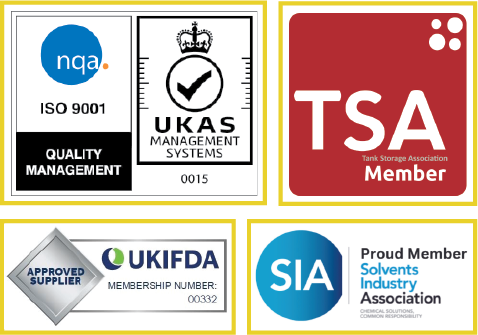Our chemical loading arms are fully articulated, so they handle loading with ease. Their robust and high-quality design allows for maximum flexibility and provides the ideal solution for adding options such as vapour recovery and high level/overfill sensing. In addition, users can employ these arms for open, semi-open, or closed fill applications.
We design trace heating on our Chemical loading arms to maintain a specific temperature window during loading. Common applications include keeping substances like bitumen or chocolate hot, therefore maintaining viscosity. As well as preventing the product from spoiling. In addition, here are some of the other features and benefits of our IFC ChemLoad:
We offer several mechanisms for heating:
Our heated loading arms are clad in rock wool insulation with an aluminium outer cladding, therefore maintaining the temperature in adverse conditions and minimise heat loss. In addition, we use special removable insulated sleeves secured with Velcro at maintenance points and swivel joints to facilitate access. So, the result is a loading solution that can handle thermally sensitive products during the loading and unloading process.
PFTE Loading Arms
Standard metals in the wet line may not be suitable in situations involving the loading of highly corrosive chemicals. Therefore, in these instances, we can use specially crafted Polytetrafluoroethylene (PTFE) or (PFA) lined arms. The lining provides a much more resistant surface in contact with the liquid. Therefore, this ensures contamination prevention and guarantees a long operating life for the equipment.
Below you will find all the key details for our range of Chemical Loading Arms. If you would like to discuss this in more detail, then please just get in touch. Because, we are always happy to help and answer any queries you may have.
Each arm fixed on the stand-post is equipped as follows:
For the full equipment list, please download the product sheet.
PED for pressure equipment
We recently completed a project for a large-scale Chemical Manufacturer, helping streamline their loading operations. They were looking at ways to reduce manual handling on site, as well as reduce risks of leaks and spillages. See our solutions here.
Don’t leave worker safety to chance. Our Free Risk Assessment tool can help highlight the key hazards on your site that could be putting your workers and operations at risk.
We offer a free site survey to help you identify health and safety risks, and put together a solutions plan. Simply fill out the form to arrange your survey.
To take advantage, simply fill out our contact form and we’ll get back to quickly. Alternatively you can contact us directly by telephone on +44 (0) 1268 596 900.

Safety by Design

Copyright © 2024 Industrial Flow Control Ltd. All rights reserved.